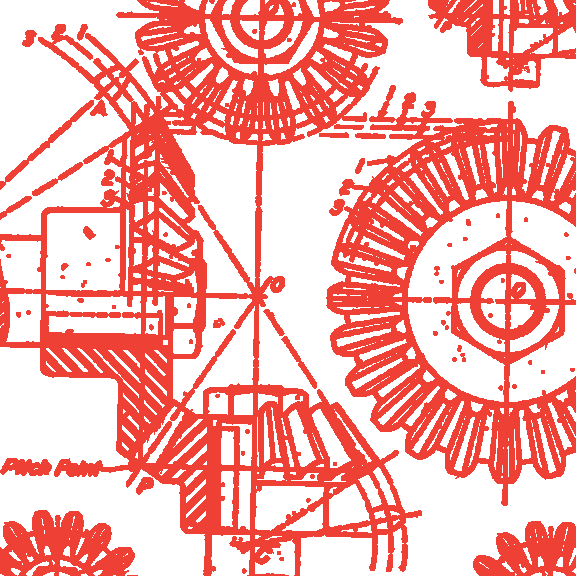
This is part of a series of several posts about prototyping by James Berg. We will cover a lot of concepts, from practical ideas to help you prototype faster and cheaper, to more conceptual ideas about how to incorporate user testing, and how to de-risk a design. This post is about 'scrappy prototyping'. If you missed part 1 check it out.
Time and money are the lifeblood of a startup – anything you can do to get a prototype made faster and cheaper gives you a longer runway. For example, an individual 3D print may only be a few hundred dollars, but if you have to make 15 of them (and I have) suddenly you’re down several grand. But if you take the right approach, prototypes can be cheap and quick.
Think about the simplest way to get what you want. There are tons of fancy solutions to all of your problems but often they give you 5 times more than you need for 10 times the cost.
Do you need all the bells and whistles? Do you really need a tool that: works fast, is very precise, is durable, or has 5 functions? Any of these features may be very useful for you and well worth the money, but if not, don’t spend the money. Occasionally you’ll find out that a special feature is necessary down the road and you’ll have to buy another tool, but most of the time you’ll never miss the extras.
I once had a project where I needed to cure some silicone rubber prototypes. The normal way to do this would be with an industrial oven, but they are expensive and ordering them usually takes several weeks. Industrial ovens are very nice pieces of equipment. They are well insulated, maintain temperature very accurately and some can even change temperature according to a preset program. You may need exactly those features, but I didn’t need any of them. I needed to get the silicone above a certain temperature for a short period of time. The alternative we came up with was to use a toaster oven. It cost us $40 on Amazon and we had it in 2 days! It’s temperature sensor wasn’t very accurate so we put in our own temperature probe and manually adjusted the setting. We weren’t curing that much silicone, so we didn’t care that the oven required a little human attention and was poorly insulated.
Don’t over complicate your prototype – strip it down to just what you need to test. As I discussed in my first post, test one thing at a time. If the thing you’re testing is functional, don’t worry about making it pretty. If it doesn’t need to be small, don’t worry about saving space.
You can make a “looks like” prototype to test size and finish, but initially that should be different from your functional prototypes.
Don’t use something because it’s there; use it because it is the simplest thing to accomplish your task. There are a lot of really great new tools out there for getting things done. The capabilities and availability of tools like 3D printers, finite element analysis, laser cutters, etc. are improving on a daily basis. In the right situation, they can be enormously powerful. But a desire to use the latest and greatest can also lead you down a wasteful and unnecessary path. All of these methods require CAD models, they take time to set up and run, and none of them are cheap.
For example, if you want to test out a shape, there are much faster cheaper ways than 3D printing it. If it’s a simple shape, you could cut it out of cardboard. If it’s a more organic shape, you could make it out of plasticine clay or carve it from rigid foam. These models might not be as precise as a 3D print, but early on a few mm don’t matter that much.
Designing and making customized parts is expensive and time consuming. If you can find something off the shelf that gets the same thing done, it will be faster and cheaper. For example if you’re trying test out different versions of a product, rather than make custom circuit board, a Raspberry Pi might give you enough functionality to run your tests. If the Raspberry Pi can’t do what you need, there is an ever-growing constellation of ready-to-go single board computers and micro-controllers each with numerous add on boards.
As you move further along in your development process you will probably want to look at specific chip sets. Again, before making a custom circuit board, it is wise to make a functional prototype using the developers’ kits (ready-to-go circuit boards that many chip manufacturers make so you can evaluate their chip sets). Not only do these let you test out the exact chips the final product will have, but when you get to the point where you have to make custom circuit boards, you can use the dev kits for working on firmware. And if one dev kit doesn’t have everything, you can string a few together.
Stay tuned for the next piece where we’ll keep the prototyping conversation going!
I’m James Berg. I like making things, I do it professionally and I do it in my free time. Currently I work at Athos, a smart fitness garment company; previously I have worked in consumer electronics and solar power. In my free time I make things ranging from modular shelving to displays that tell me when the next bus is stopping near my house to gingerbread carousels. You can follow me on Twitter here: https://twitter.com/mudmucker
